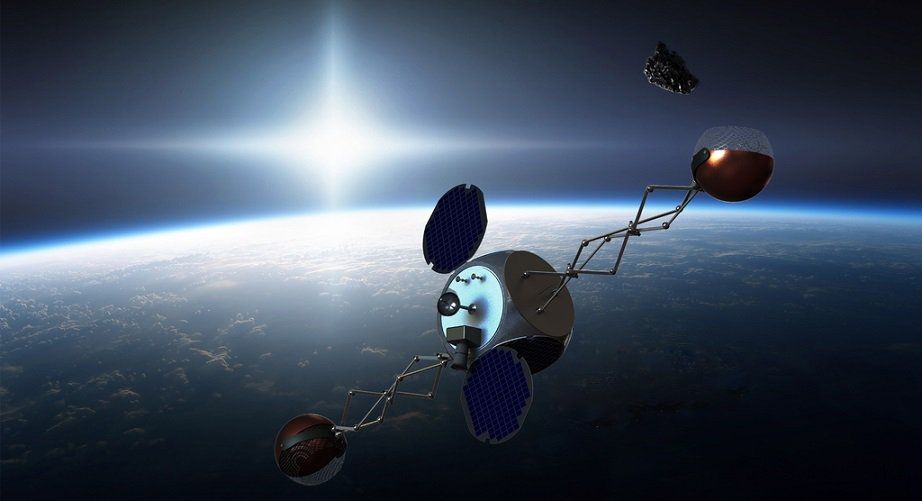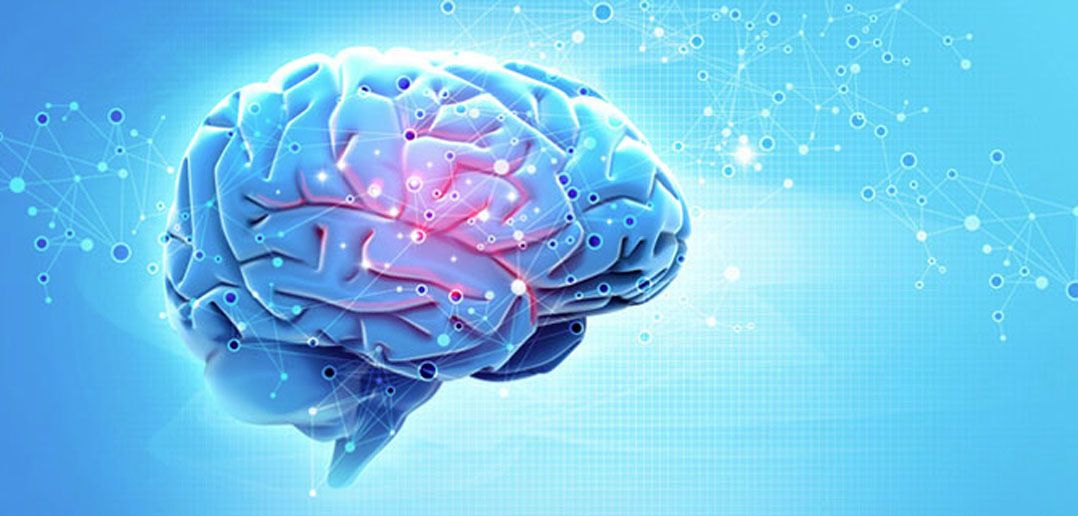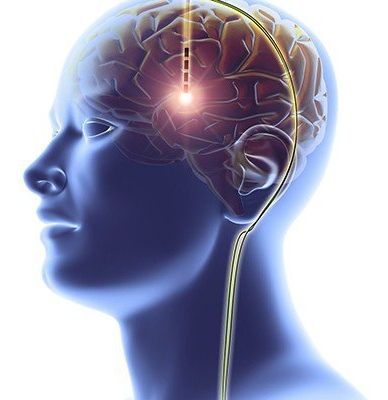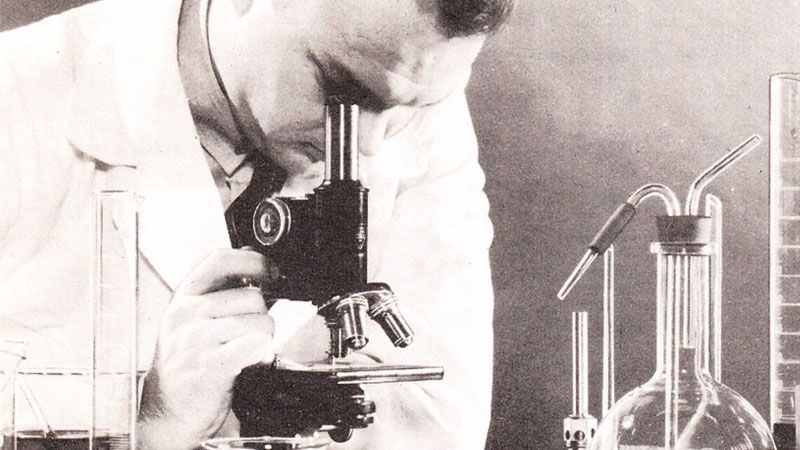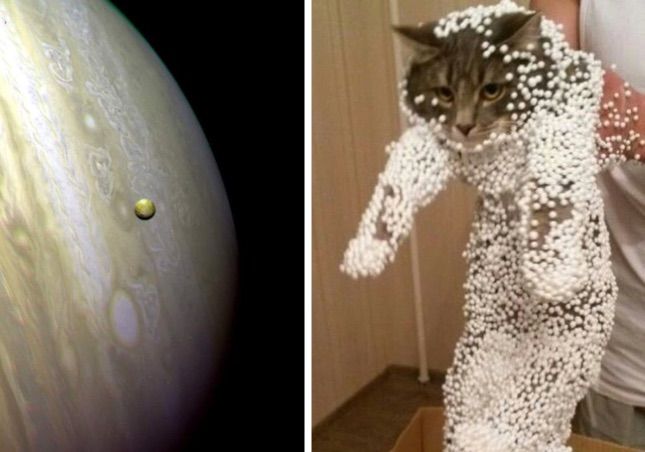Page 10026
Feb 26, 2017
Nano-Satellites Getting Closer to Take-Off
Posted by Karen Hurst in category: satellites
This post is also available in:  עברית (Hebrew)
עברית (Hebrew)
Enhancing situational awareness is a vital mission also in space. The US Department of Defense’s Strategic Command Joint Space Operations Center got Sky and Space’s signature on an agreement ahead of the company’s planned launch of 200 nano-satellites into space, as space junk continues to be a big issue.
The agreement provides for Sky and Space to receive “space situational awareness services” from the US Department of Defence so the company’s nano-satellites will be able to avoid objects like space junk and other satellites.
Feb 26, 2017
5 books the head of MIT Media Lab thinks you should read
Posted by Karen Hurst in category: futurism
I agree as I have read 3 of the books in the list and all 3 were excellent”
The Seventh Sense, Change Agent, and Industries of the Future. I plan to get Wonderland next.
As 2016 winds to a close, Facebook called on 62 global influencers to share the books that made the greatest impact on them this year.
Continue reading “5 books the head of MIT Media Lab thinks you should read” »
Feb 26, 2017
The human brain makes fructose, researchers discover – here’s why that might be a big deal
Posted by Karen Hurst in categories: biotech/medical, food, neuroscience
Researchers at Yale University have discovered that the brain is capable of making fructose – a simple sugar, usually found in fruit, vegetables and honey.
Not all sugars are equal. Glucose is a simple sugar that provides energy for the cells in your body. Fructose has a less important physiological role and has been repeatedly linked to the development of obesity and type 2 diabetes. When there is excess glucose the processes that break it down can become saturated, so the body converts glucose into fructose instead, using a process known as the “polyol pathway”, a chemical reaction involved in diabetic complications. The researchers at Yale reported in the journal, JCI Insight, that the brain uses the polyol pathway to produce fructose in the brain.
Feb 26, 2017
Scientists test deep brain stimulation as potential anorexia therapy
Posted by Karen Hurst in categories: biotech/medical, food, neuroscience
Now this is what I am talking about when brain stimulation can treat disease and disorders were often better off.
LONDON: A small study in 16 people with severe anorexia has found that implanting stimulation electrodes into the brains of patients could ease their anxiety and help them gain weight.
Researchers found that in extreme cases of the eating disorder, the technique — known as deep brain stimulation (DBS) — swiftly helped many of those studied reduce symptoms of either anxiety or depression, and improved their quality of life.
Continue reading “Scientists test deep brain stimulation as potential anorexia therapy” »
Feb 26, 2017
How Nobel physicists could revolutionise computers
Posted by Karen Hurst in categories: computing, particle physics
I remember a year ago when this 1st came out; nice they are highlighting 1 yr later as a reminder.
British scientists David Thouless, Duncan Haldane and Michael Kosterlitz won this year’s Nobel Prize in Physics “for theoretical discoveries of topological phase transitions and topological phases of matter”. The reference to “theoretical discoveries” makes it tempting to think their work will not have practical applications or affect our lives some day. The opposite may well be true.
To understand the potential, it helps to understand the theory. Most people know that an atom has a nucleus in the middle and electrons orbiting around it. These correspond to different energy levels. When atoms group into substances, all the energy levels of each atom combine into bands of electrons. Each of these so-called energy bands has space for a certain number of electrons. And between each band are gaps in which electrons can’t flow.
Continue reading “How Nobel physicists could revolutionise computers” »
Feb 26, 2017
Toy Fair ‘17: Highlights from Quantum Mechanix
Posted by Karen Hurst in category: quantum physics
Something for the kid in all of us.
While I was at Toy Fair, I swung by the Quantum Mechanix booth to check out their newest Q-Fig offerings, as it’s one of my favorite vinyl statue lines these days. I was not disappointed, as I got to see new addition to the Marvel, DC, and Harry Potter collections, as well as one from ANIMANIACS!
Feb 26, 2017
Q: Does quantum mechanics really say there are other “mes”? Where are they?
Posted by Karen Hurst in category: quantum physics
Quantum Mechanics for Dummys.
Physicist: As much of a trope as “Other Quantum Worlds” has become in sci-fi, there are reasons to think that they may be a real thing; including “other yous”. Here’s the idea.
Superposition is a real thing (on small scales at least)
Continue reading “Q: Does quantum mechanics really say there are other ‘mes’? Where are they?” »
Feb 26, 2017
MIT spinout Sistine Solar can print any image on photovoltaic cells
Posted by Karen Hurst in categories: solar power, sustainability
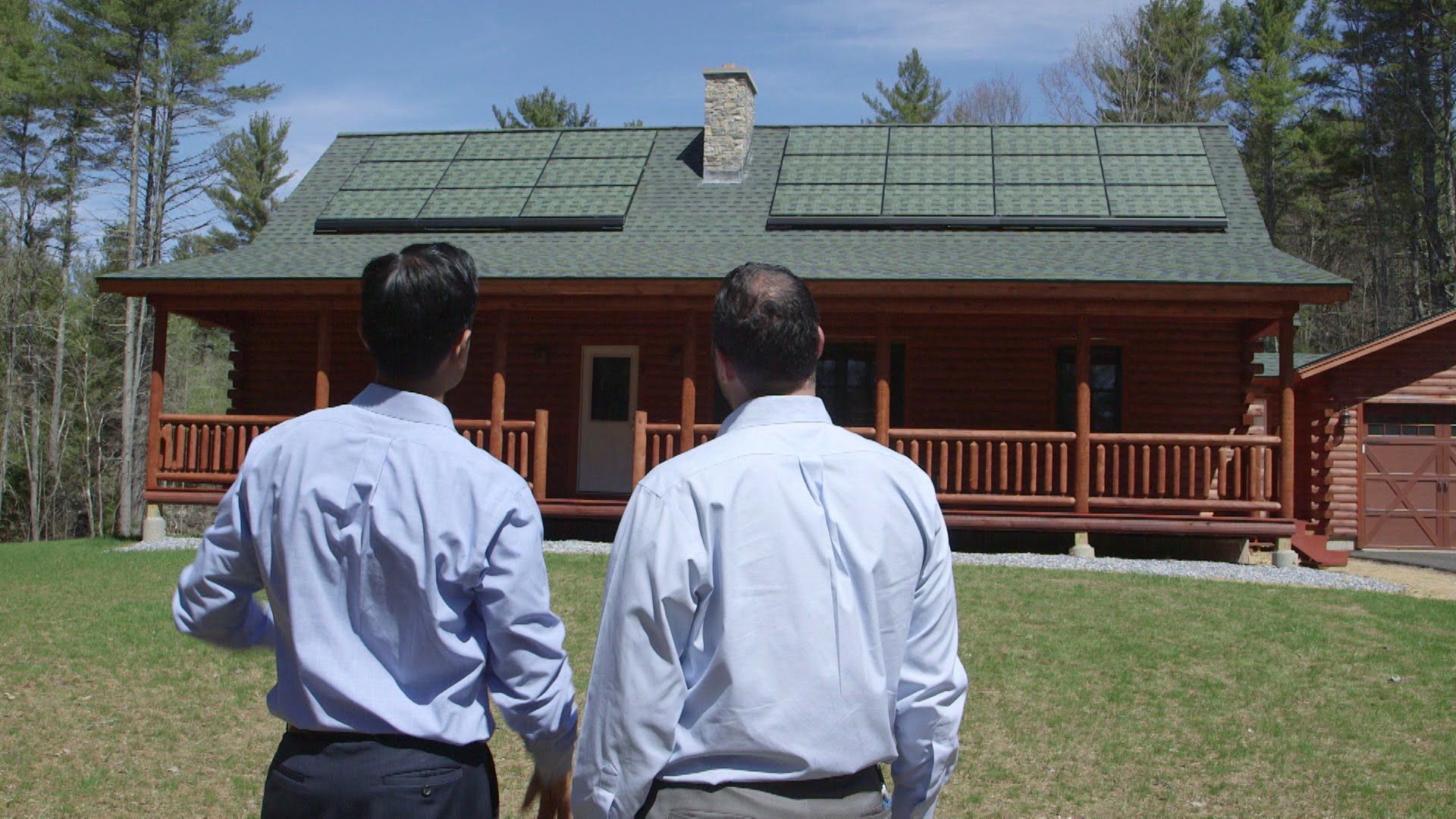
Nice.
MIT researchers have done even better. MIT has spunout a company called Sistine Solar that has developed a technology to print any kind of image on a skin that can be applied on solar panels, which change the appearance of the photovoltaic cells from all angles, without compromising on their capacity to generate electricity. Founded by the Sloan School of Management at MIT, Sistine Solar hopes to increase the adoption of clean energy with solar panels that mimic the surroundings or environment.
Continue reading “MIT spinout Sistine Solar can print any image on photovoltaic cells” »
Feb 26, 2017
Bioprinter makes fully functional human skin
Posted by Saúl Morales Rodriguéz in categories: 3D printing, bioengineering, bioprinting, biotech/medical, business
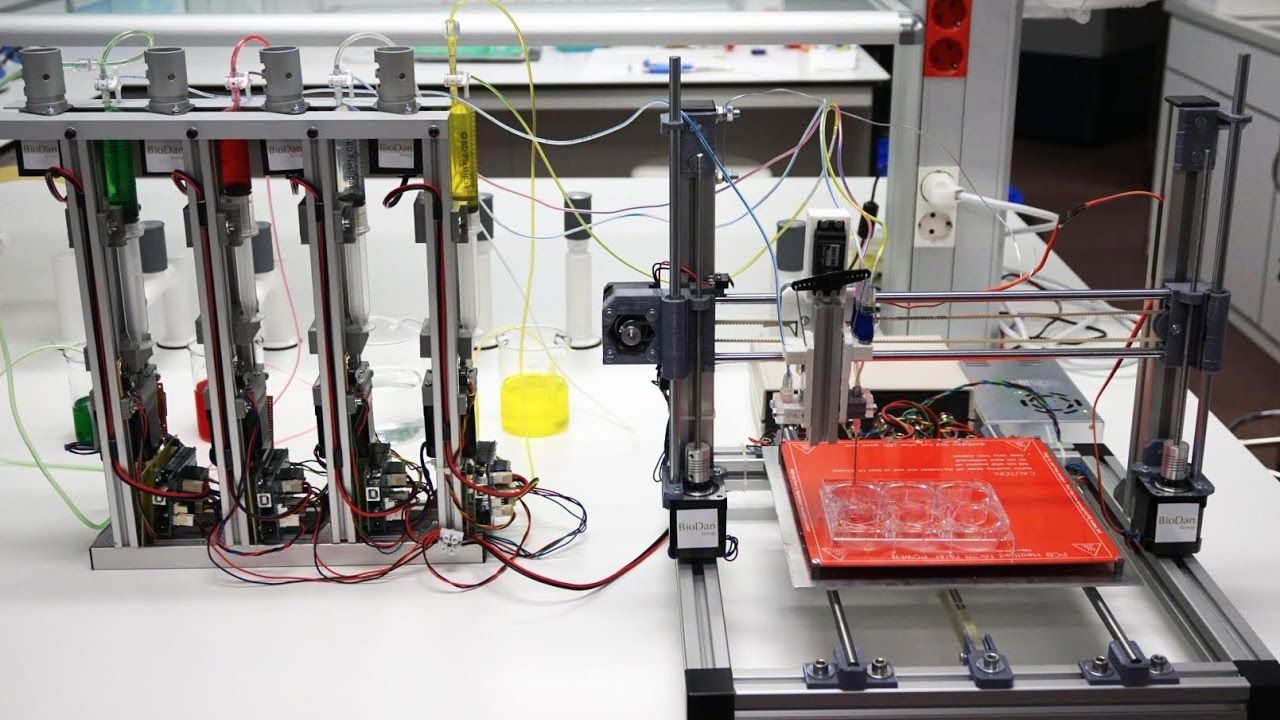
Scientists from the Universidad Carlos III de Madrid (UC3M), CIEMAT (Center for Energy, Environmental and Technological Research), Hospital General Universitario Gregorio Marañón, in collaboration with the firm BioDan Group, have presented a prototype for a 3D bioprinter that can create totally functional human skin. This skin is adequate for transplanting to patients or for use in research or the testing of cosmetic, chemical, and pharmaceutical products.
This research has recently been published in the electronic version of the scientific journal Biofabrication. In this article, the team of researchers has demonstrated, for the first time, that, using the new 3D printing technology, it is possible to produce proper human skin. One of the authors, José Luis Jorcano, professor in UC3M’s department of Bioengineering and Aerospace Engineering and head of the Mixed Unit CIEMAT/UC3M in Biomedical Engineering, points out that this skin “can be transplanted to patients or used in business settings to test chemical products, cosmetics or pharmaceutical products in quantities and with timetables and prices that are compatible with these uses.”
Continue reading “Bioprinter makes fully functional human skin” »

